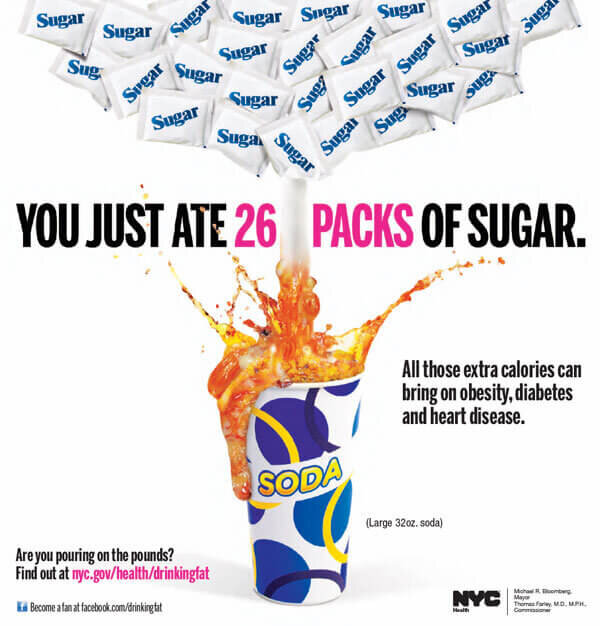Financial Policy is Health Policy
By Kirsten Wysen
How does household debt affect health?
Debt is a growing feature of daily life and it shapes our access to vital basic needs, like housing, education and transportation. Household, or consumer, debt has grown rapidly in recent decades. In 1952, household debt was 25% the level of the US economy. By 2019, it had grown to 75%.
Household debt is made up of several different types of loans that a family or individual can take on. Some, like mortgages and car loans, are secured by the value of loan’s collateral or the reason the loan is sought. Other forms of consumer debt are unsecured, such as credit cards, student loans and medical debt. Unsecured debt among American adults has grown substantially since 2000.
Debt is like calories—there are healthy calories and empty calories. Similarly, depending on the interest rate, amount borrowed and the payback period, there is healthy debt and unhealthy debt. The way that the right level of nutritious calories fosters health, reasonable levels of low-interest loans can contribute to well-being while too much or too little can lead to problems.
Just like food, there is “healthy” debt and “unhealthy” debt, defined by the interest rate and time to pay back to loan.
Healthy forms of debt build a person’s assets. For example, a low-interest 30-year mortgage at a level of 30% or less of household income can build assets for a family or individual. But debt can be designed by the lender to strip wealth. These unhealthy forms of debt include payday loans with interest rates as high at 400% per year or car title loans where one missed payment leads to the repossession of the car.
Sociologists, anthropologists and health researchers have developed a compelling evidence about the connections between over-indebtedness and health. Several have found that unsecured loans, like credit cards, student loans, payday loans and medical debt, can be more damaging to health than secured loans, like mortgages.
Consumer loans have significant and often unmeasured effects on borrowers’ health while being very profitable to the lenders. Researchers believe that debt affects health through at least two pathways: paying interest leaves less money available for basic needs like rent and food; and unsecured debt increases stress and worry which leads to mental and physical health problems.
There is a growing body of research on how the shame and betrayal experienced by those living in debt traps erodes their health. A debt trap is defined as a situation in which a debt is difficult or impossible to pay, typically because high interest payments prevent re-payment of the principal.
How did we get here?
During most of the 20th century US history lenders were required to offer low-interest loans; some states limited all loans to 6% or less. After a 1978 Supreme Court decision and further banking deregulation in the 1980s, household debt rose to levels never seen before in the US. In 2005, personal bankruptcy laws were tightened to make it more difficult to get relief from household debt. Predatory home loan practices before the 2008 financial crisis deliberately targeted communities of color to sell unaffordable mortgages. Some student loan agents have been shown to target communities of color with deceptive promises of higher earnings from low-value degrees. The way student loans are structured allows interest to keep accumulating even when the borrower takes a legal break in making payments. Thousands of young people have fulfilled 10 years of public services but the complexity of the program and administrative errors have combined in such a way that only 1% of applicants have qualified for loan forgiveness.
Recently, lenders have worked closely with civil courts and sheriff’s offices to enforce loan contracts. Courts themselves have levied higher and higher fees (legal financial obligations) on defendants which many pay off through high cost loans. Many do not see the full benefit of their salaries when lenders are able to garnish significant portions of borrowers’ salaries. Borrowers often internalize the shame and stigma of over-indebtedness when in actuality their loans were designed to extract maximum resources and offer minimal benefits.
Efforts like the creation of the Consumer Financial Protection Bureau and Washington State’s 2009 law to limit payday loans are important efforts to temper this health risk.
The Statewide Poverty Action Network has a policy goal to protect consumers from unmanageable debt.
Locally, the Statewide Poverty Action Network has a policy agenda that includes consumer protections from unhealthy loans. Important efforts are underway to increase financial literacy among low-income residents often targeted by those selling extractive loans. To eliminate racial inequities among both individuals and communities, we need to take a closer look at how the financial system affects health and wellbeing.
The Seattle Foundation and King County’s healthy community partnership, Communities of Opportunity, aims to eliminate inequities by race and by place in employment, health, housing, income and wealth, and social environments—an important set of social determinants.
This blog post was sponsored by Communities of Opportunity.





